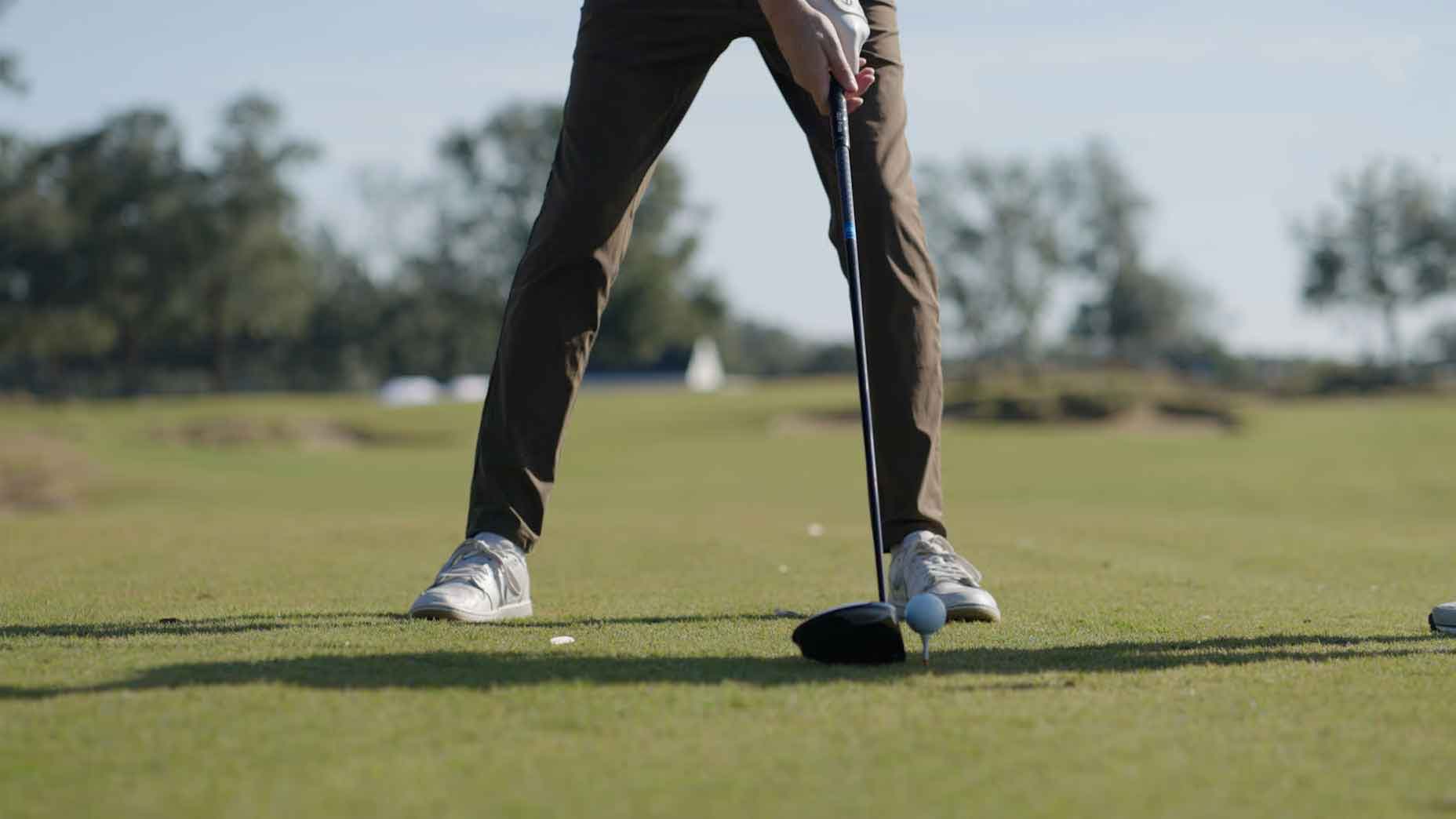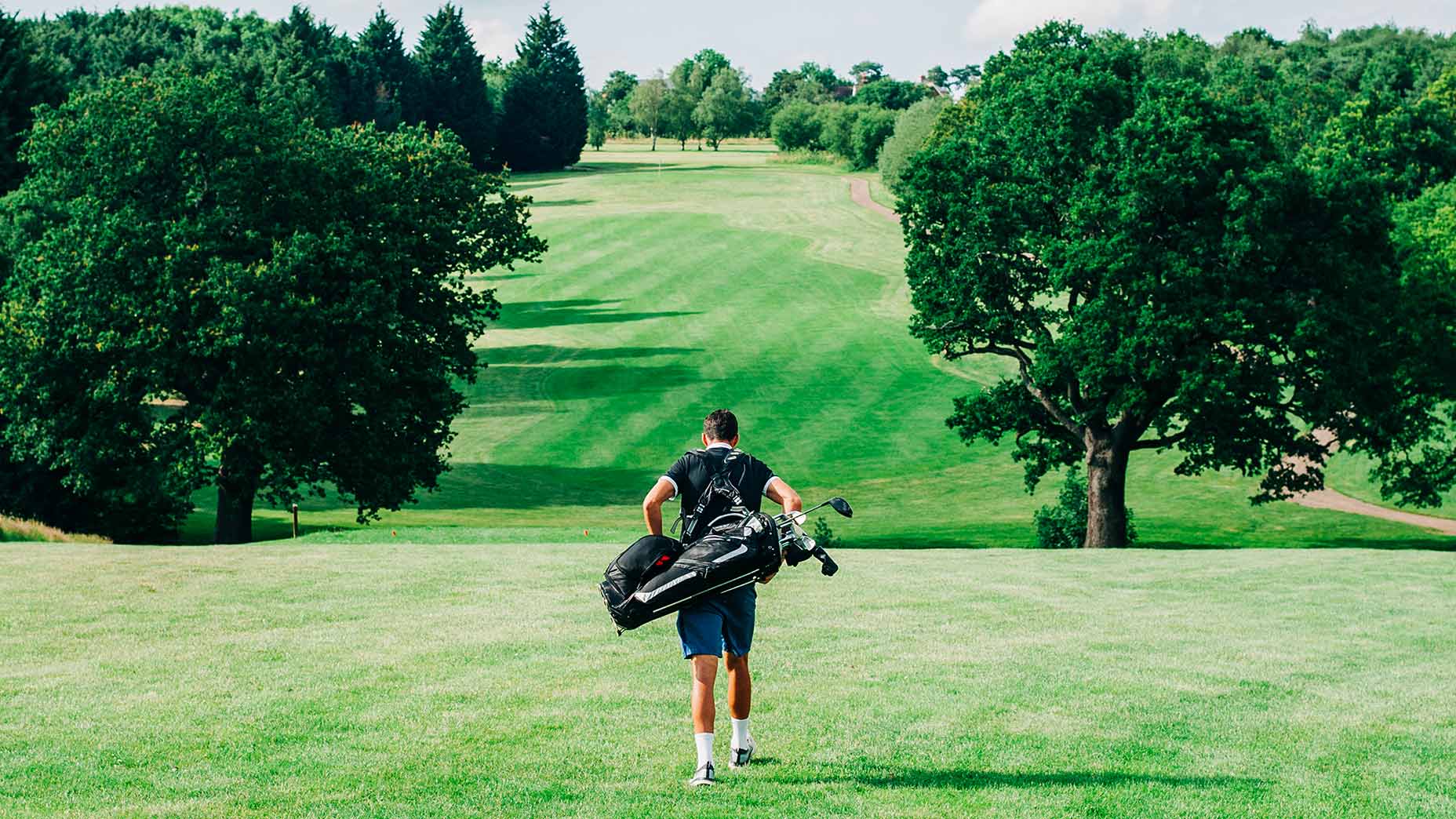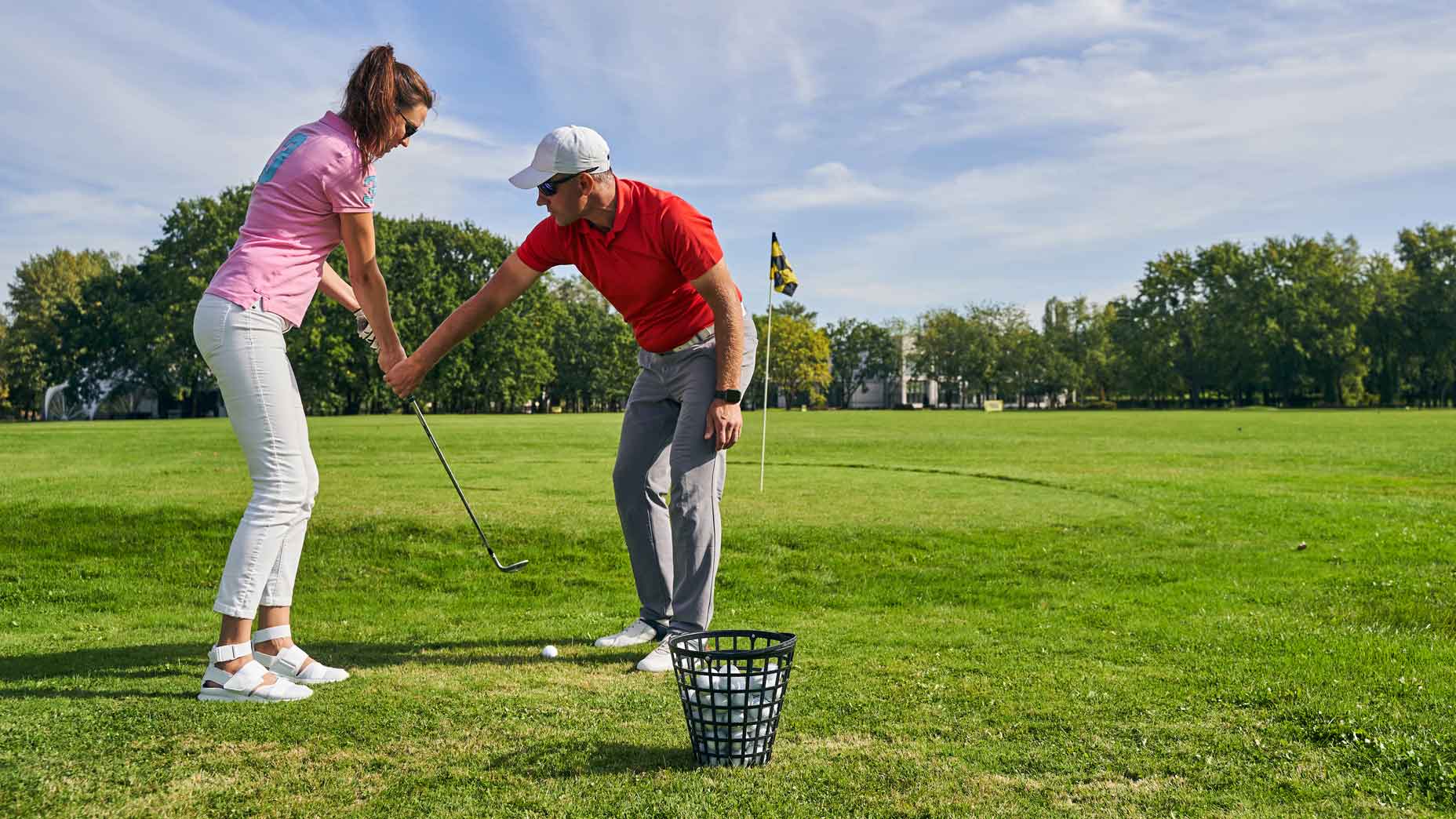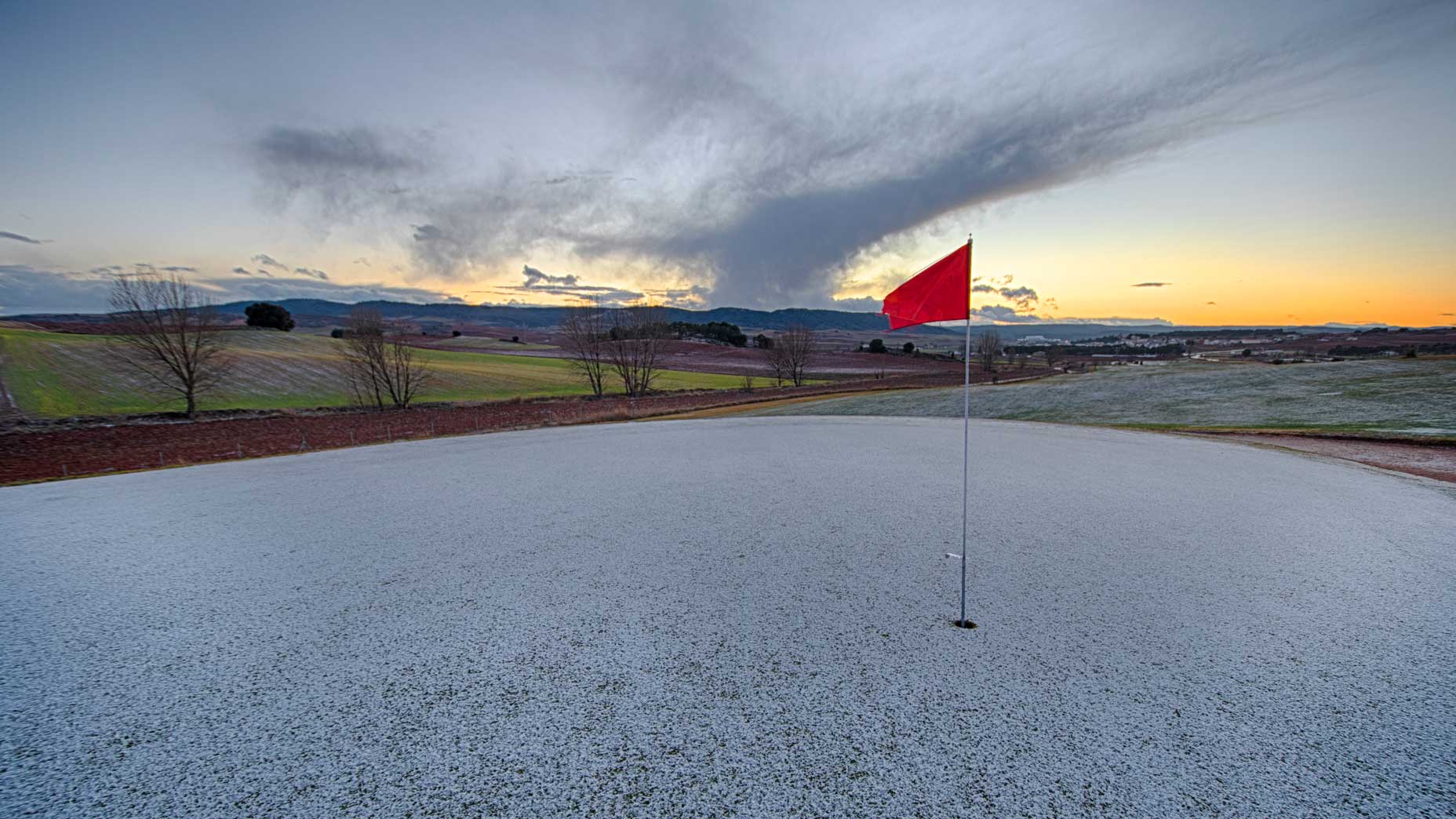Throughout my years of playing golf, there was always one club that never quite earned a permanent spot in the rotation — my fairway woods. Even when my game was at its best, they rarely made it past pre-round range sessions because I couldn’t trust them when it counted.
I would often bail out on reachable par-5s because I couldn’t bring myself to go for the green. If I did pull my fairway wood, it was usually executed with a swing that lacked any real conviction — and often lead to a thin or topped shot that scurried down the fairway as I walked back to my bag, head hanging.
The worst part wasn’t the lost strokes or missed opportunities, it was realization that these clubs would never be my strong suit — or so I thought.
I knew that fairway woods could be weapons on the course and that these clubs could actually build confidence if I understood how to wield them. So I made it a point to work on them this offseason and I found that it didn’t take much to rebuild that trust — I just needed to understand a couple important keys.
Here are the two things that helped me feel confident over my fairway woods — and how you can start flushing yours too.
1. Check your ball position — it might be too far forward
When I began working on my fairway woods, I noticed that my ball position had drifted really far forward over time. I didn’t even realize how much of an impact it could have on my shots until I moved the ball back about a ball, ball and a half, ahead of the middle of my stance.
After adjusting my ball position I noticed an immediate improvement with my contact. Instead of catching the ball lower on the face, now I was making solid, center-face contact. That’s because the low point of my swing was now happening at the ball, instead of early, or behind the ball.
2. Hit down on the ball, don’t be afraid to take some turf
Like many golfers, I was always under the impression that these clubs needed to sweep the ground. So I would attempt to keep the head parallel to the turf as I swung through, but the harder I tried to sweep these perfectly, the worse my contact seemed to get.
That’s because I was almost trying to swing up on the ball or maintain a neutral, maybe even slightly positive, angle of attack. Once I realized that I should be hitting down on the ball with these clubs and taking a small divot I started flushing my fairway woods.
This adjustment not only improved my angle of attack — helping me compress the ball and launch it higher and farther — but it also made me feel less afraid to go after it. I no longer had to be perfect to get a good result and it freed up my swing completely.










